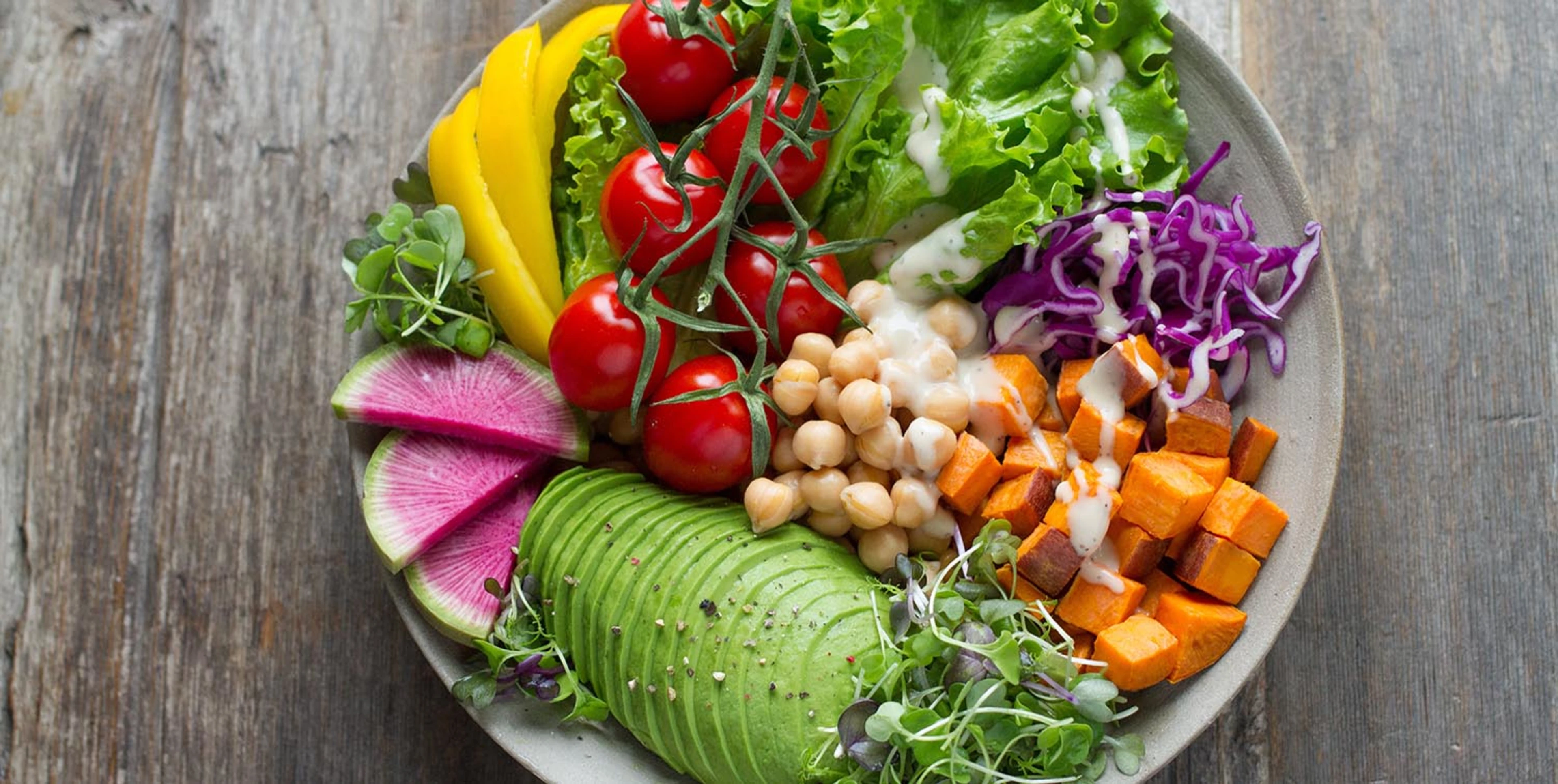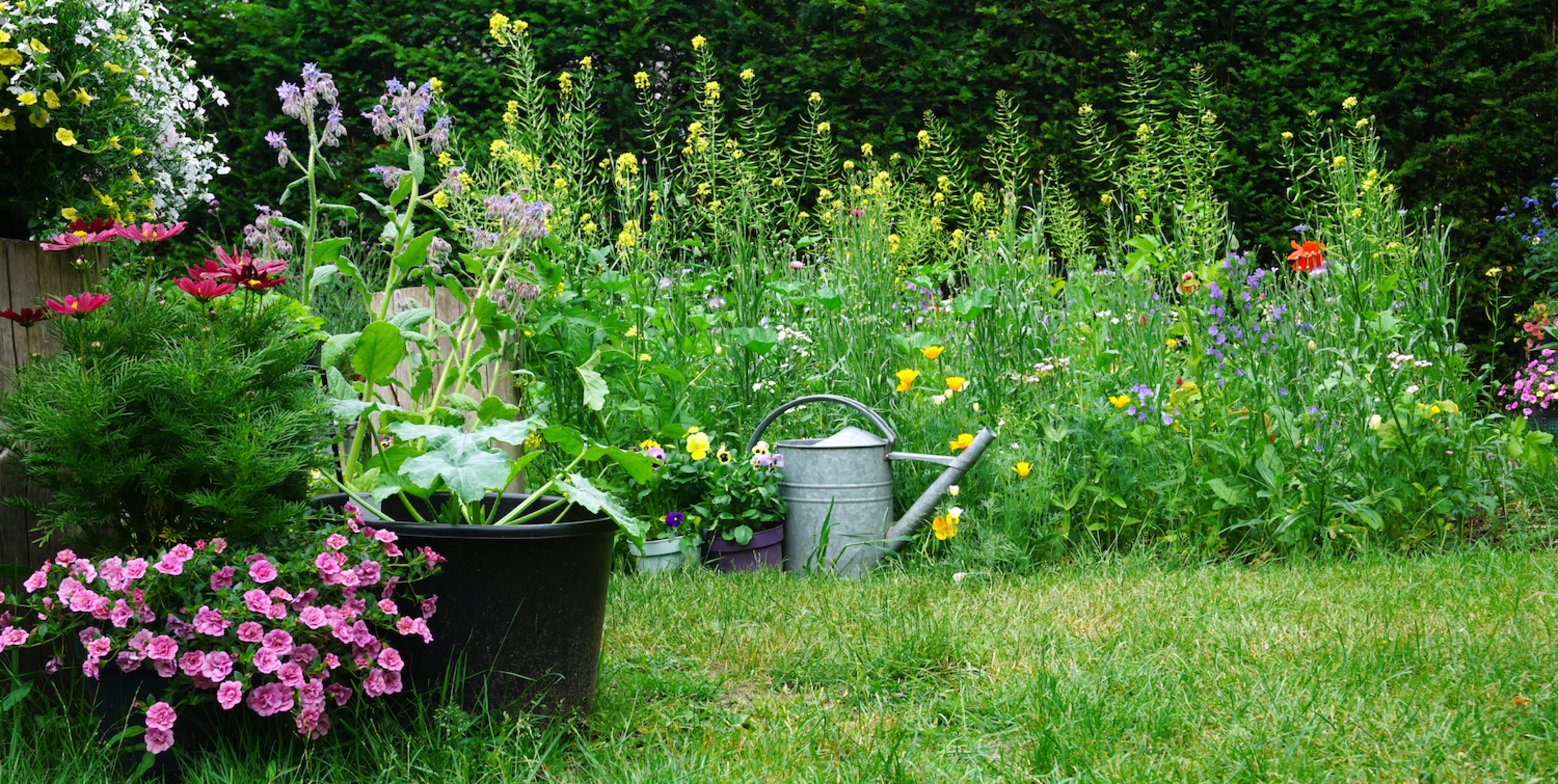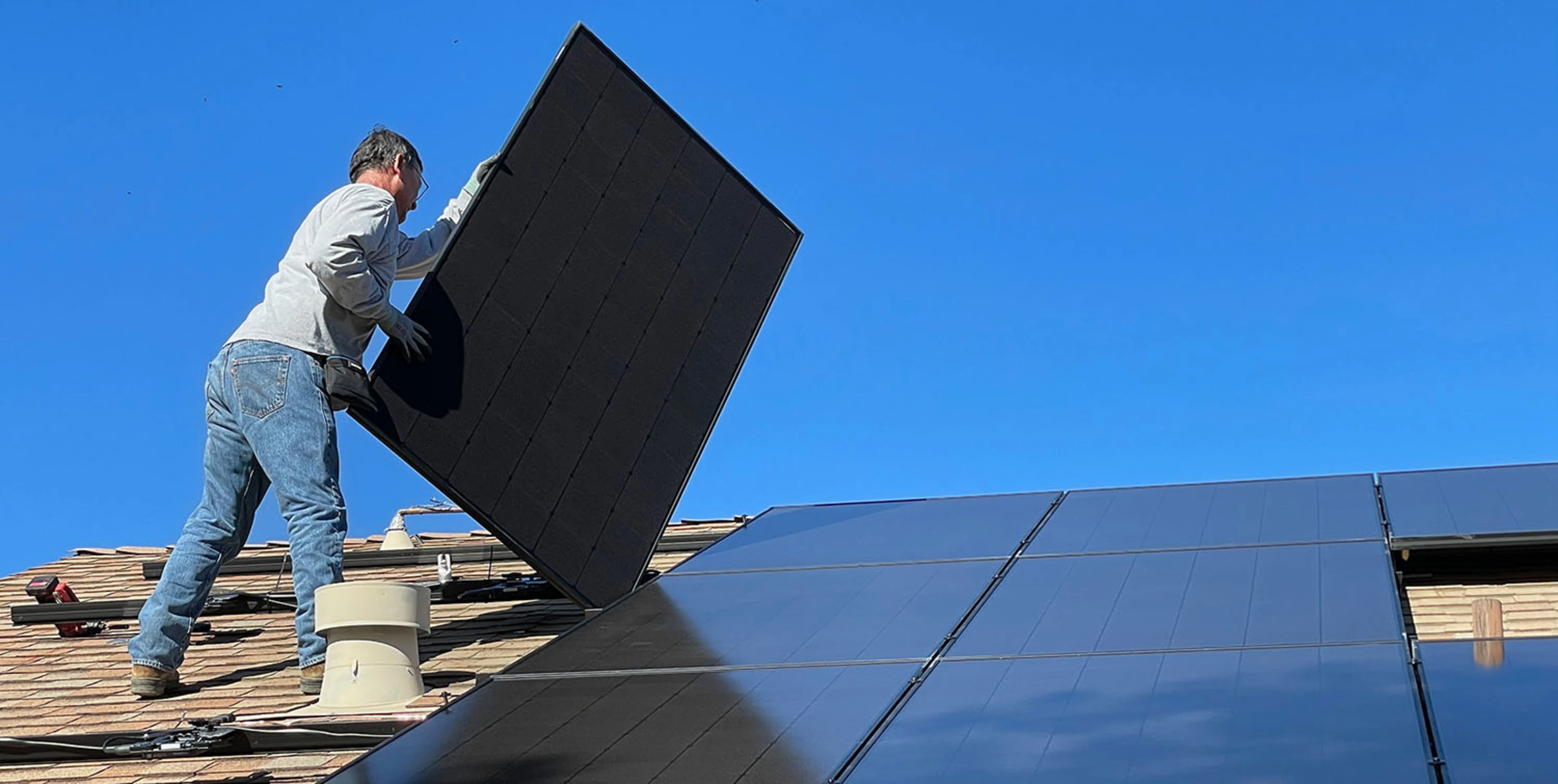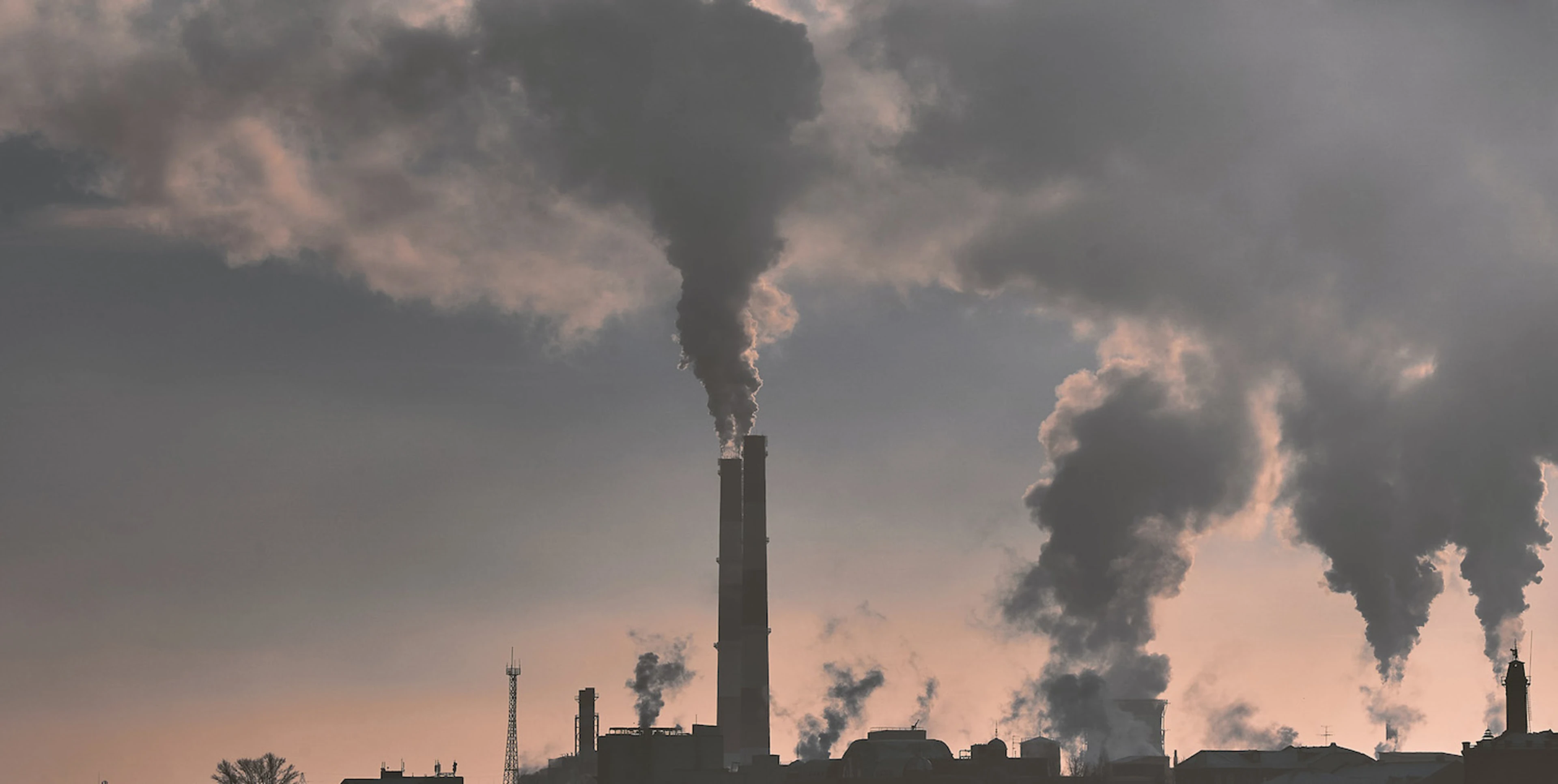If you are thinking about adopting a healthier diet this year, why not consider how to also make it best for the planet. Food production is responsible for a third of human-caused emissions, with the meat industry having the biggest negative impact. The more meat we eat, the more that is produced, and the more emissions we generate.
If we alter our eating habits by switching to a low carbon diet then we can significantly reduce our personal carbon emissions, feeding into the reductions that are needed on a global scale to restore the health of our planet.
Watch the video for quick summary or read on for more details.
Eat less meat and reduce dairy consumption
Meat and dairy production accounts for 14.5% of global CO2 emissions. This is because animals produce methane as they digest food, consume huge amounts of water, and require large areas of land. Livestock is a climate double-whammy, as the land they need is often created through large-scale deforestation.
Beef is the worst climate offender by far, with annual global emissions from its production roughly equaling those of India. The biggest and quickest single thing most of us could do to cut our carbon emissions is to cut out beef from our diets.
To combat this issue, we do not need to suddenly become vegetarian or vegan (although you’d have the biggest impact if you did!), but we do need to make sure we’re reducing our meat and dairy consumption.
Starting with one meal a week being meat-free can have a positive impact on the planet. There are plenty of meat-free recipes out there, or you can try a meat alternative like Quorn, Beyond Meat, or THIS to help you get started. This kind of action on a mass scale can have a significant impact. If every family in the UK ate one vegan meal a week, the UK's emissions would fall by 8%.
To make things really simple there are a great range of veg boxes and meat free meal kits you can try. We recommend Riverford’s organic vegetarian and vegan recipe boxes or Allplants meal boxes. Replacing milk has got easier. Try Minor Figures, Alpro or Oatly milk substitutes. Alpro and Oatly are available in most UK supermarkets.
The money you save from reducing the volume of meat and dairy products you consume can go towards investing in quality. Buy free range or organic, purchase meat from your local butcher or eggs from a local source - this helps to support local communities and farmers that can go from farm to table in a more environmentally friendly way.
Reduce food waste
Food waste accounts for 6% of global CO2 emissions, which is around three times the amount from aviation. 9% of the food industry’s total emissions comes from people throwing food away. Not only is the energy it takes to produce food completely wasted when it is thrown away, but rotting food also produces methane, which rapidly contributes to global warming.
Start with the basics like only buying the food you need - it might seem obvious but planning your meals can help make sure you’re only buying the food you need for the week. If you struggle to meal plan, why not try doing a couple of smaller food shops a week?
Another great way to reduce food waste is to use up the food you have before buying more. A seemingly random collection of ingredients could always be combined to make a new dish rather than throwing them away. There are loads of recipes out there that can help you make something magic out of your leftover foods.
Lastly, we need to eat with our stomachs and not our eyes. So next time you're shopping, pick up the wonky fruits and vegetables that might not be the prettiest. Supermarkets have even started to mark up these ‘ugly fruits and veg’ at reduced prices - great for the environment and your wallet! Furthermore, when your fruit and vegetables are wilted or overripe, they can still be used - especially in soups and smoothies.
Reduce packaging
Part of a low carbon diet is not just about low carbon food, we’ve got to consider what it comes in as well. Most packaging is made up of plastic which is reliant on a variety of polymers derived from petroleum. Most plastics cannot be reused, meaning it ends up discarded in our oceans and rivers. This issue is now so severe that eight million pieces of plastic are entering our oceans a day.
A good first step is to buy foods that are not heavily packaged, for example loose fruit and vegetables. There are even several supermarkets now offering reusable plastic-style bags to transport these in, or you could buy your own to take to the supermarket with you.
If you’re left with no other option, then always look for foods that use recyclable packaging. You can check what is able to be recycled in your area and plan accordingly. There has also been an increase in availability of refill tubs and pouches designed to replenish a main container for certain products - mainly with goods such as cereals, washing up liquid and soap.
One last way you can reduce packaging is by buying large economy-sized products. These last longer and therefore don’t need to be replaced as often. As a result, you can reduce packaging you consume as well as working out cheaper in the long run. Just make sure that you really will use it all!
Choose seasonal and local food
Shopping seasonally reduces the need to transport non-seasonal foods from long distances - often shipped from warmer countries where they can be grown all year round. This frequently means flying food in, which produces ten times more emissions than purely road transport and 50 times more than shipping.
Even when the food arrives in the country, it then has to travel to reach our supermarkets which in turn produces even more emissions. DEFRA estimates that food transport within the UK alone accounts for the same volume of emissions as 5.5 million cars. There is then even more mileage to add on top of that when we consider the distance we personally travel to buy food, which is on average several hundred miles per person a year.
Research what foods are seasonal to where you live and then purchase these accordingly. Of course, there are always going to be some anomalies such as coffee and chocolate which are only grown in select parts of the world and don’t follow seasonal patterns. But there are still plenty of other seasonal food groups to focus your attention on.
So, there you have it - our step by step guide on how to achieve a low carbon diet.











